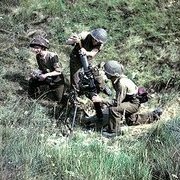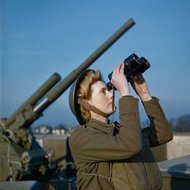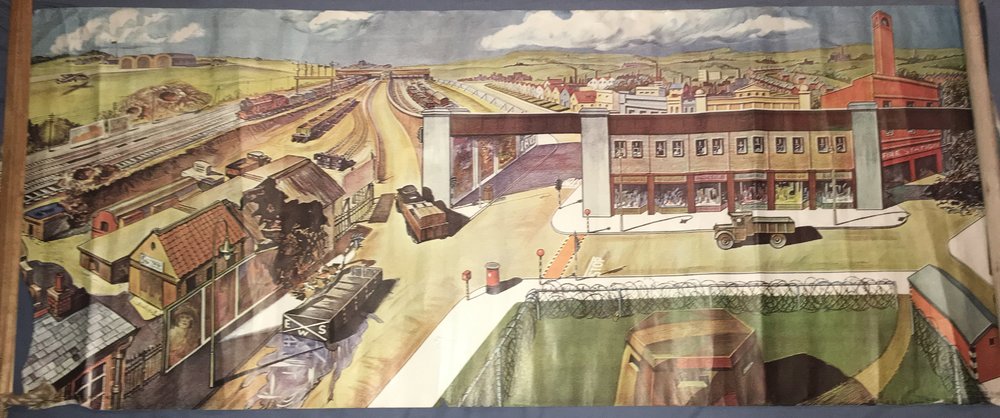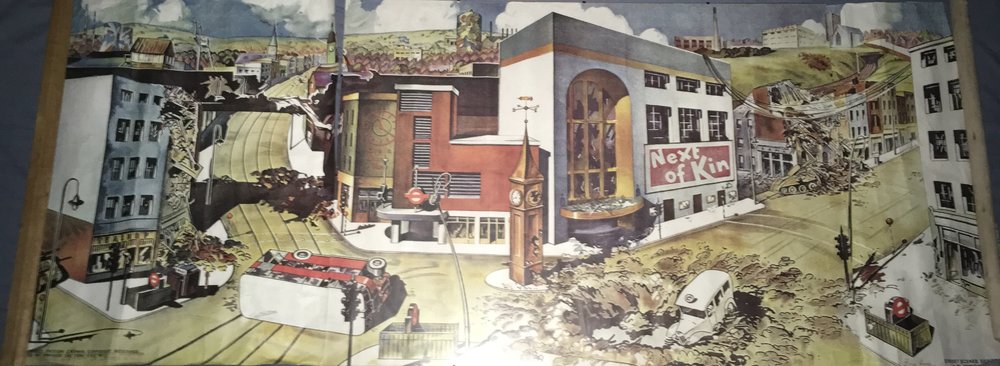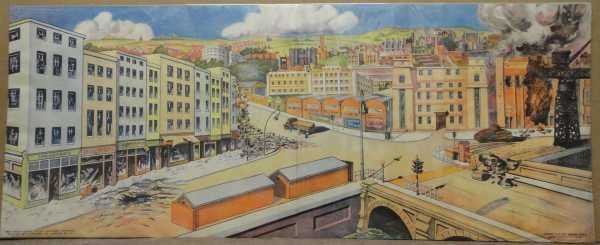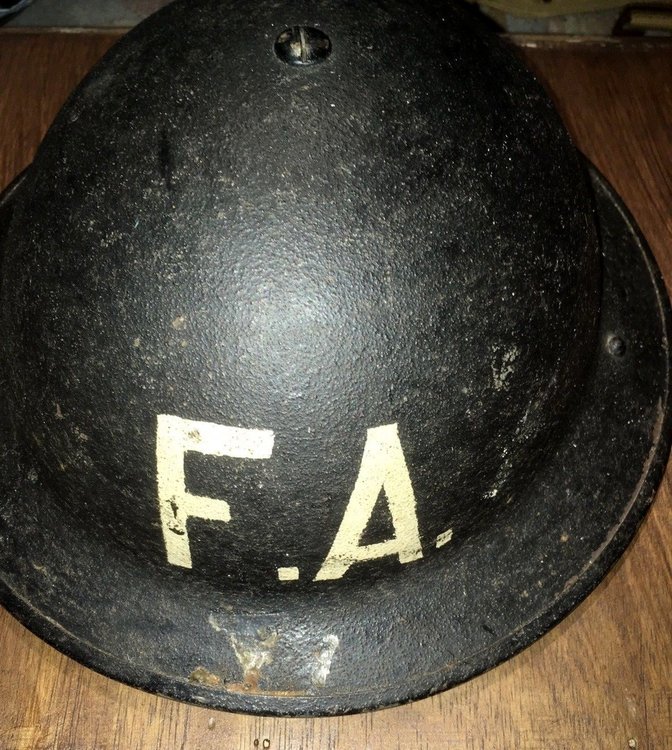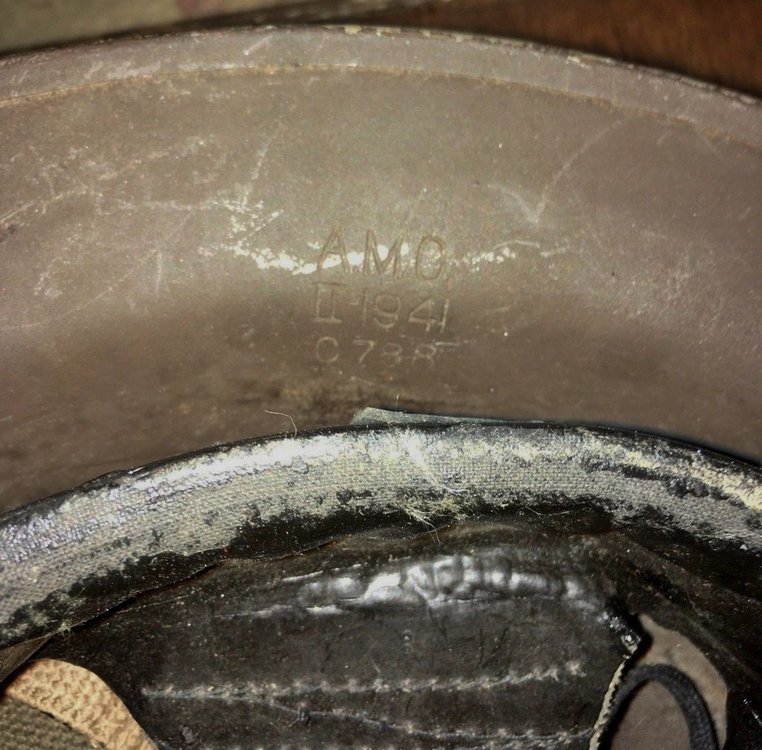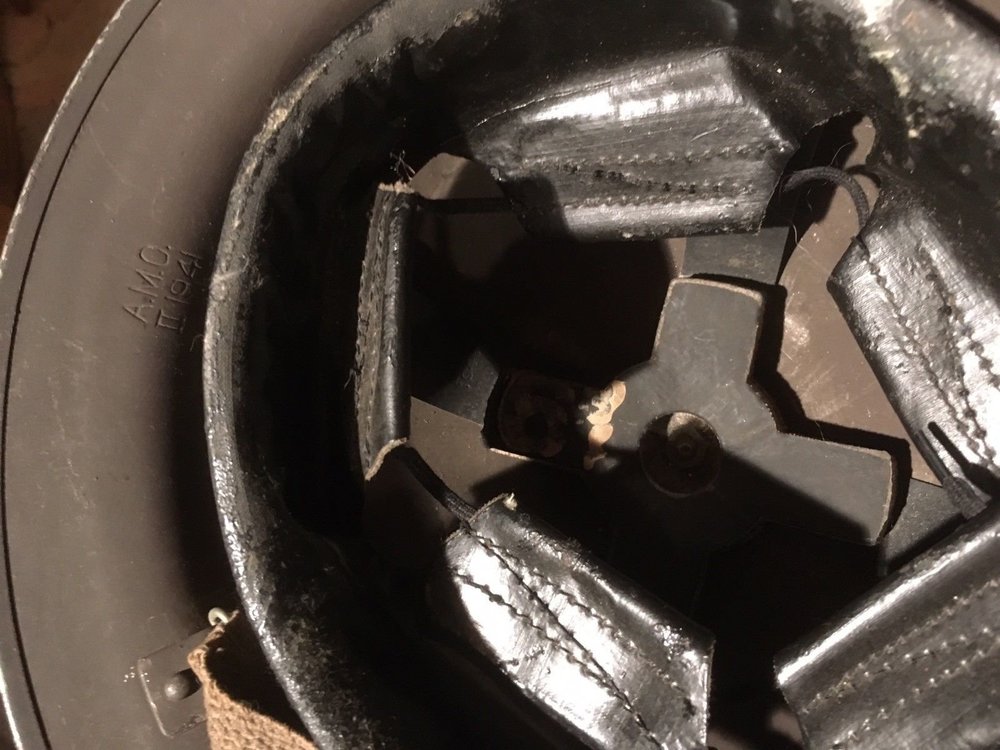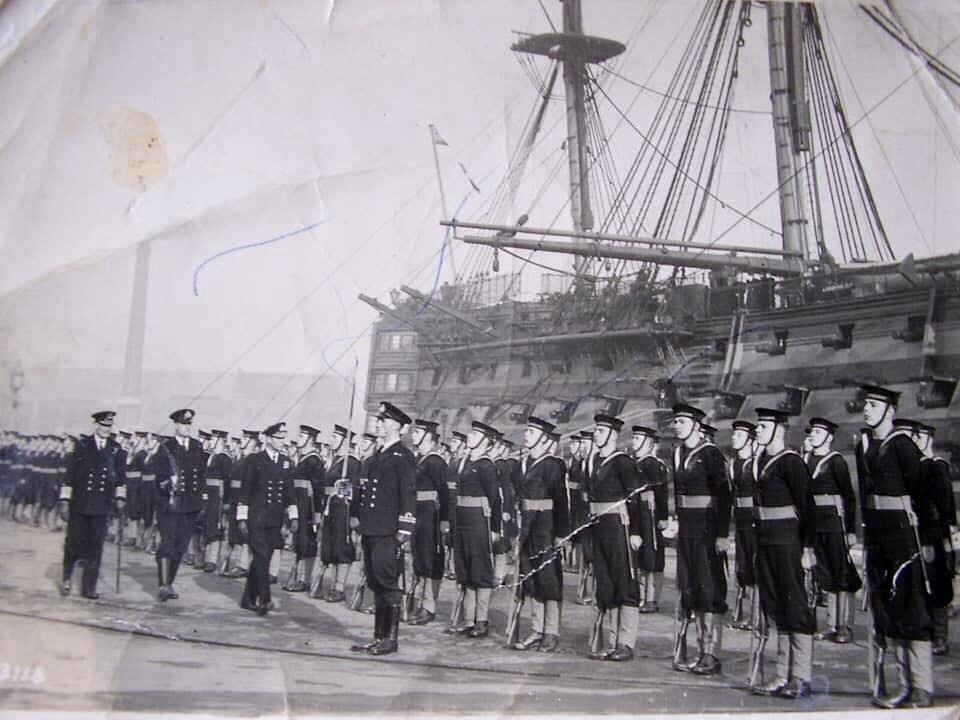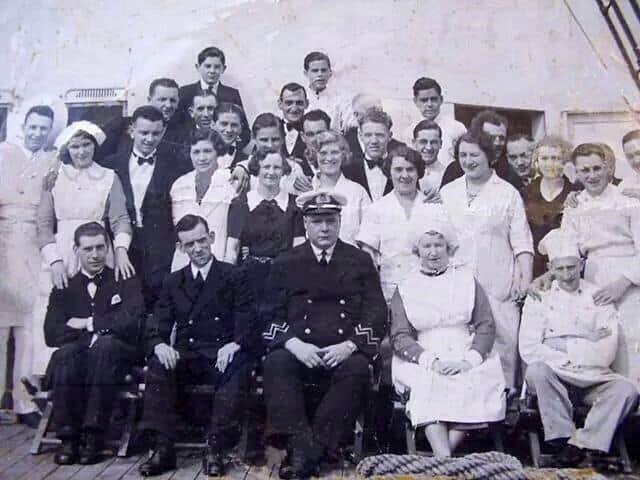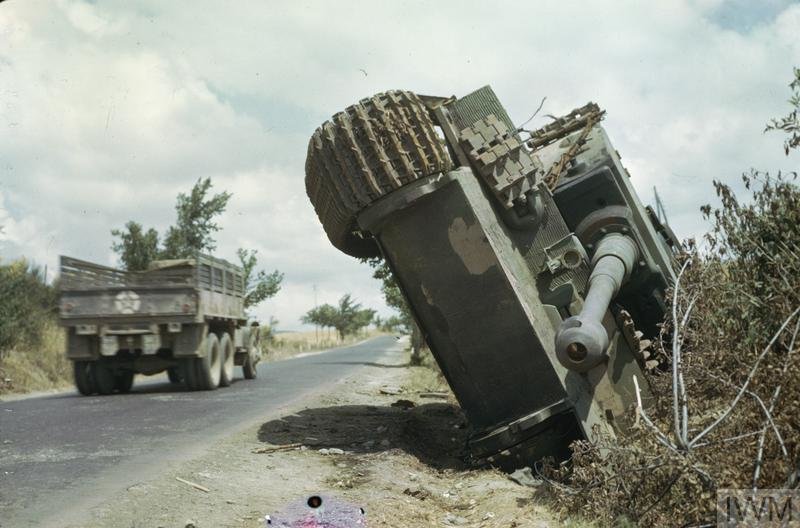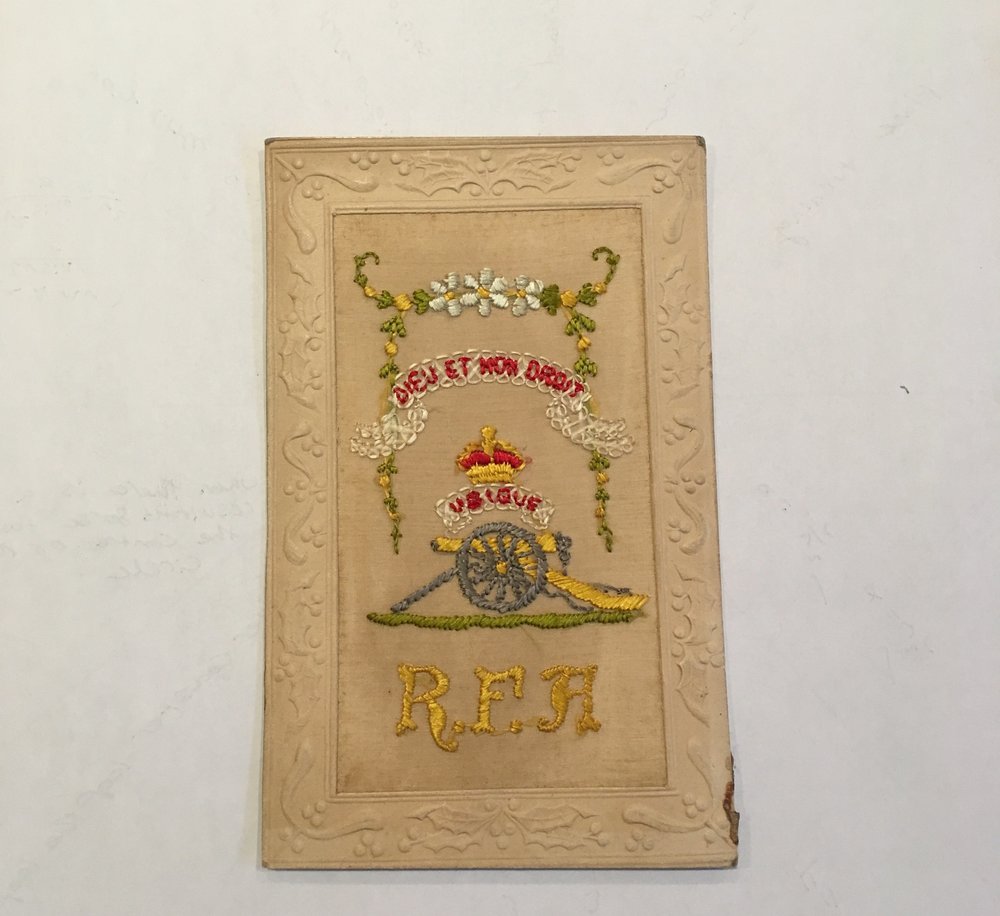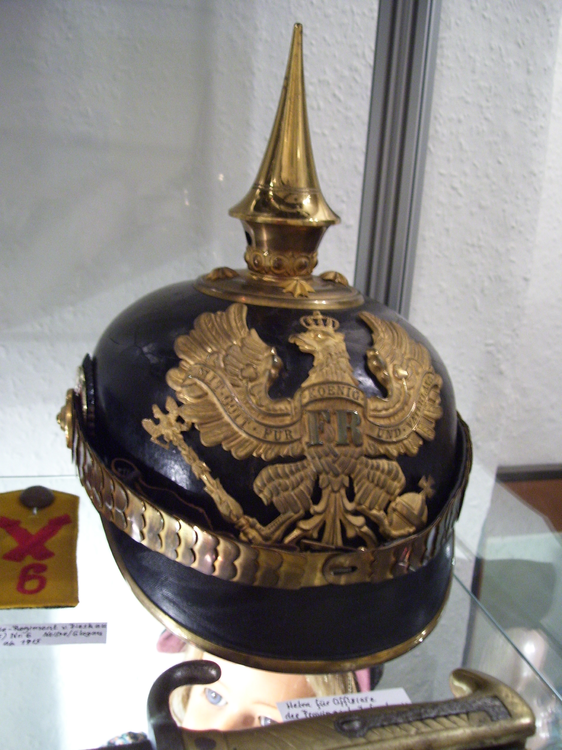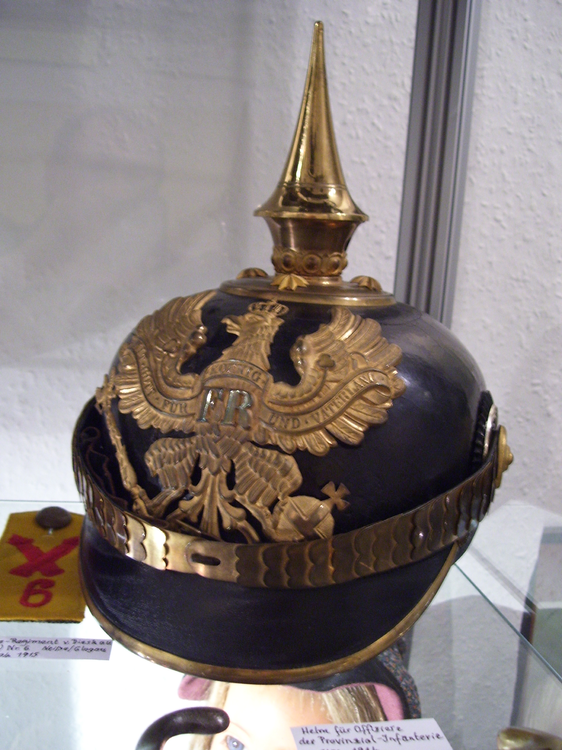Leaderboard
Popular Content
Showing content with the highest reputation on 09/12/18 in all areas
-
I'm sure I have a couple of these somewhere in the basement of my shop, however the ones I have are of desert scenes, I had no idea what they were, must try to dig them out sometime.2 points
-
104 years ago today two German armoured cruisers and two light cruisers were sunk of the coast off the Falklands with two transport ships being captured and later scuttled. After being victorious in the battle of Coronel, Admiral Spee and his squadron - 2 heavy (Scharnhorst and Gneisenau), 3 light cruisers (Nurnberg, Dresden and Leipzig) with 3 auxiliaries attacked port Stanley where they were met by the British squadron - 2 battle cruisers (Invincible and Inflexable), 3 armoured cruisers (Carnarvon, Cornwall and Kent), 2 light cruisers (Bristol and Glasgow) and 1 armed merchant cruiser (Macedonia) who had arrived one day prior as well as HMS Canopus who had been grounded to act as defence for the port. 08:30- Action was sounded as ships were spotted in the distance Macedonia ordered to port as it was not fit for battle. Kent sent out to sea 09:00- Canopus opens fire as Carnarvon heads out to sea. The German ships move out of Canopus’s range but towards Kent causing her to move back towards the port. The Germans now seeing black smoke rising from the harbour and the distinctive tripod masts off British ships make off for the open sea 09:45- All ships apart from Bristol had steamed up 10:00-The British force leaves port ‘General chase’ order given, each captain may do whatever deemed fit to catch the German ships, Recinded after more precise orders on speed were given 11:30- British ordered to eat as there was some time before the Germans would be in range 13:00- The British open fire after catching the Germans 13:20- To give the light cruisers a chance at escape Spee turns his two armoured cruisers to fight Invincible was hit early on but suffered little damage Invinsible and Inflexable engage Scharnhorst and Gneisenau, the reminder of the British forces goes after the rest of the German squadron 16:04- Scharnhorst took extensive damage and sunk 18:02- Gneisenau is sunk after running out of ammunition at around 17:15 17:30- The Nurnberg turns for battle with Kent 18:30- Nurnberg suffers two boiler explosions 19:27- Nurnberg is sunk Leipzig being pursued by Cornwall and Glasgow had run out of ammunition but was still flying a battle ensign so it was not until it fired two flares that the british ceased fire 21:23- Leipzig sinks The German ships Dresden and Seydlitz escaped 1,871 German sailors and 10 British lost their lives with 19 British wounded 215 German sailors were rescued Many criticised Spee's decision to attack the port however it was later discoverd that they had in fact been lead by a fake signal created by British cryptographers who had broken the German naval code. More detail about the battle can be found here: https://www.britishbattles.com/first-world-war/battle-of-the-falkland-islands/ Regards, Jack2 points
-
Here's a very good documentary about the run up to the first world war Falklands battle.2 points
-
Here are two of the 'Street Scenes Series' of three target harmonisation posters by Beric Young, They were used to practise coordinating the fire of members of a section to a specific target, they are to be viewed at 4-5 yards. A fire control order would be given to the men via GRIT (Group, Range, Indication, Type of fire) or the past equivalent and the shooters would then aim at that point on the poster and fire. They would use rifles with offset sights so that the rounds would not hit the posters but rather a target down range. These are signed Beric Young 42 so are thought to of been from 1942 and by Beric young. He was self taught artist and joined the Police War Reserve in 1939, but was later moved to the ministry of information, after the war he continued to paint for a living. You can read a little about his life here: http://www.bericyoung.com/beric_young_about.php The first picture is figure 1 which unfortunately has two rips horizontal rips in it half way up either end The second picture is figure 2 which is in also unfortunately in 3 pieces The third picture is one of figure 3 that I found on the internet1 point
-
Here's a WW2 MK11 Helmet I spotted on an American website being sold as a Canadian made Brodie, it is a British made helmet with a scarce stamp mark for AMC = Austin Motor Co Ltd of Cowley 1941. The liner has been replaced with a 1949 dated liner and has been painted black on the surface with white F.A letters = First Aid, the inside still shows it's original light brown colour.1 point
-
1 point
-
The webbing worn here looks very like the WW1 pattern, or is this a special pattern for the Navy? (I mean the naval picture with the Bren Gun)1 point
-
A French light cavalry Sabre M. 1822 Sabre de Cavallerie légère Mlle. 1822 Back of blade is engraved: M" d'Armes de Châtlt. (Châtellerault) 8bre" (octobre) 1878 = Cav.**ger Mle" 1822 Generally good condition, grip leather has spread apart at the seam due to shrinkage, drilled brass wire binding missing, with original leather buffer (Stoßleder) to protect scabbard throat. Weapon number 135 stamped to rear of hand guard. Scabbard has been blackened at some time, underlying fine pitting. Brass hilt has the remains of a protective clear varnish in places. Was worn with a white buff leather sword knot. A very heavy weapon. Captured stocks of these weapons were permitted to be worn by all n.c.o.s in Dragoner-Regiment 1 and Ulanen-Regiment 1 after 1871 (this particular example is after 1871). It's predecessor, the old French cavalry sabre of 1803 was also previously worn by nco s of D.R.1 and U.R.1 (Beutesäbel) Total length: 107 cm Blade: 92 cm / 31 mm1 point
-
Here's two more recent finds photo of Royal Naval parade at HMS Victory training base and barracks Portsmouth c1940s, my uncle Sam Maylor trained there not sure if he is in the photo somewhere or he took this photo. Second photo he is in top row second lad on the right, not sure what type of ship he is on, he never talked about his time in the navy much.1 point
-
1 point
-
1 point
-
1 point
-
This was found in an antiques shop in Altona about four or five years ago.1 point
-
I'm sorry but may I ask where you found this document? My grandfathers name was Erwin Tiedtke he died in 2017. But I'm not sure if he was the person that got this document1 point
-
Yes it is, I looked through a fair few but that one really stood out1 point
-
1 point
-
1 point
-
A Churchill Tank of the 51st Royal Tank Regiment crashes through a hedge during the advance across the Italian countryside (20 July 1944) Taken by A.R, Tanner (captain) Sailor wearing a steel helmet, carrying a Bren gun (No Date) Taken by an official Royal Navy photographer1 point
-
It may take a bit of set up time however it allows practise and testing of a vital skill that otherwise would only be possible on a live fire exercise, so the training value far out weighs the hassle of setting it up.1 point
-
These are some very interesting pictures, An article by the smithsonian air and space magazine quotes British war photographers using ‘Kodachrome film obtained from the united states’ It also says that around 3,000 photos were taken using this film however only 1,500 remain and they were given to the imperial war museum in 1949. There is a published book that contains 80 of these pictures and the others can be seen on the IWM website. https://www.iwm.org.uk/collections/search?query=colour+photographs+&pageSize=15&filters[collectionString][MINISTRY+OF+INFORMATION+SECOND+WORLD+WAR+COLOUR+TRANSPARENCY+COLLECTION]=on Regards, Jack1 point
-
1 point
-
Very unusual photos indeed, extremely good colour quality. Used then were either Ilford Colour or Kodak. Ilford was more renowned for decades for acurate black and white, they are probably Kodak film.1 point


